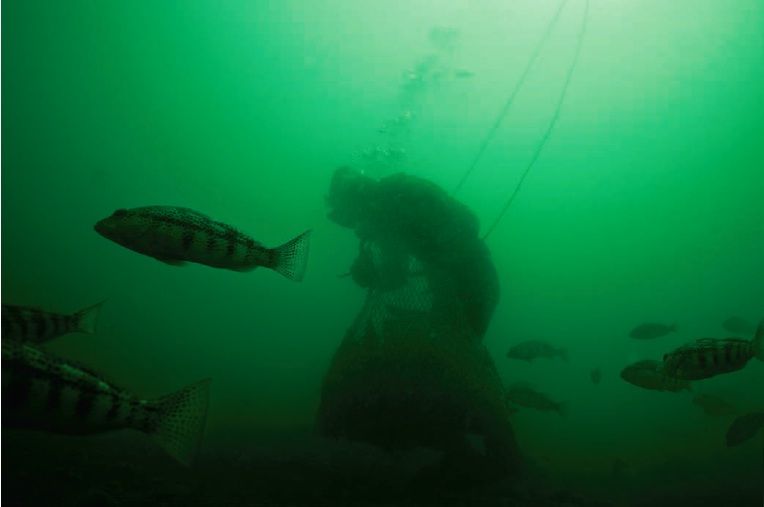Like most local fishermen in Kino, a sleepy Sonoran town about halfway down the eastern side of the Sea of Cortez, Ernesto Acuña Salazar had been working small boats off the coast since he was a teenager. A handsome, stocky twenty-four-year-old, Salazar specialized in hookah diving — a practice similar to scuba diving, except that divers breathe through a long tube leading to a compressor at the surface rather than carry a tank on their back.
One day almost four years ago, Salazar put on his gear and entered the water in search of callo de hacha, a long shallow-water mussel whose succulent meat tastes like scallop. In recent decades, most of the callo beds along the coast have vanished, plundered by hookah divers. But Salazar was aiming for a recently discovered, pristine bed at 130 feet — about ninety feet deeper than usual. Water this deep is treacherous, and dive tables recommend staying down no longer than twenty-five minutes. But fishermen like Salazar regularly spend an hour at that depth and then another hour or more slowly decompressing as they rise to the surface.
Read the full article with a Harper's subscription. The Pulitzer Center will update this page when the full article becomes available.
